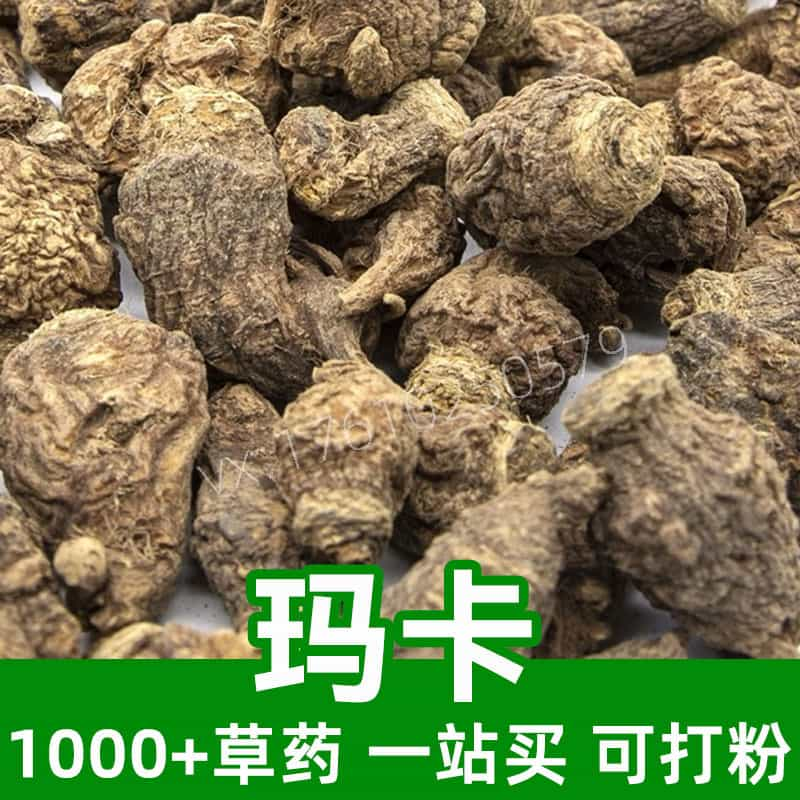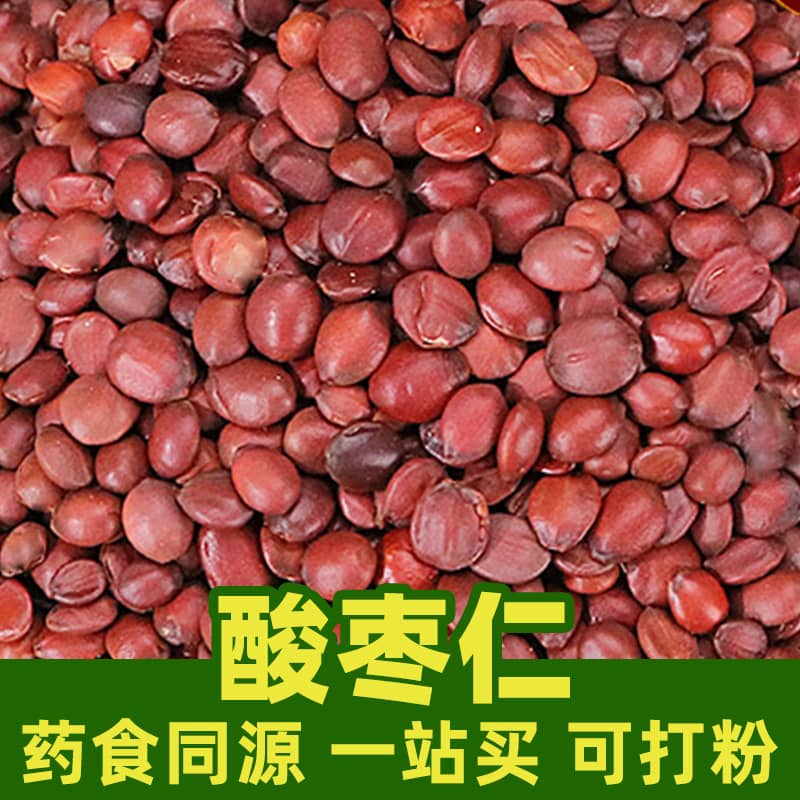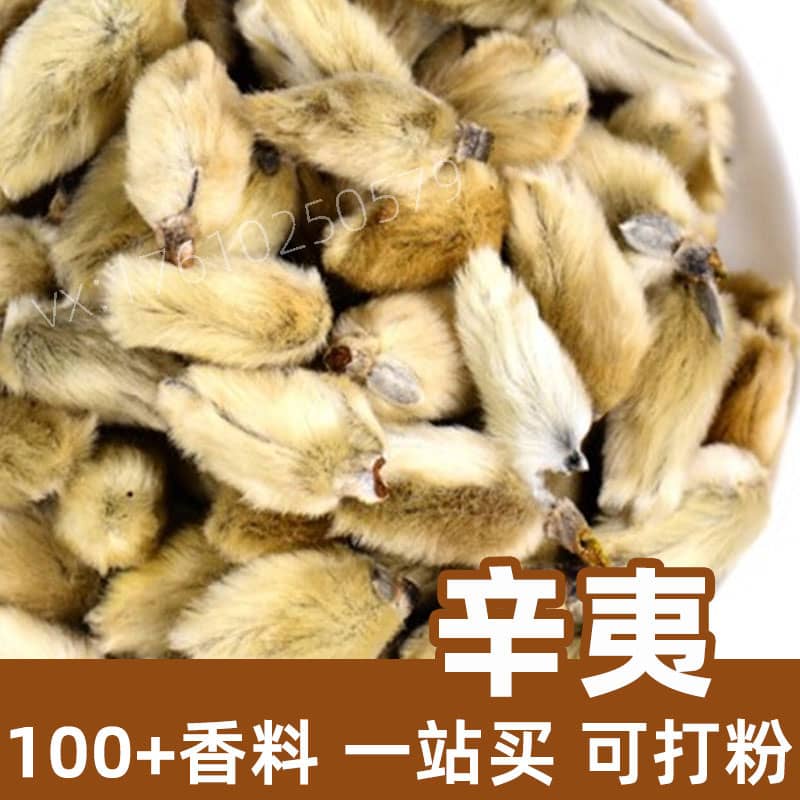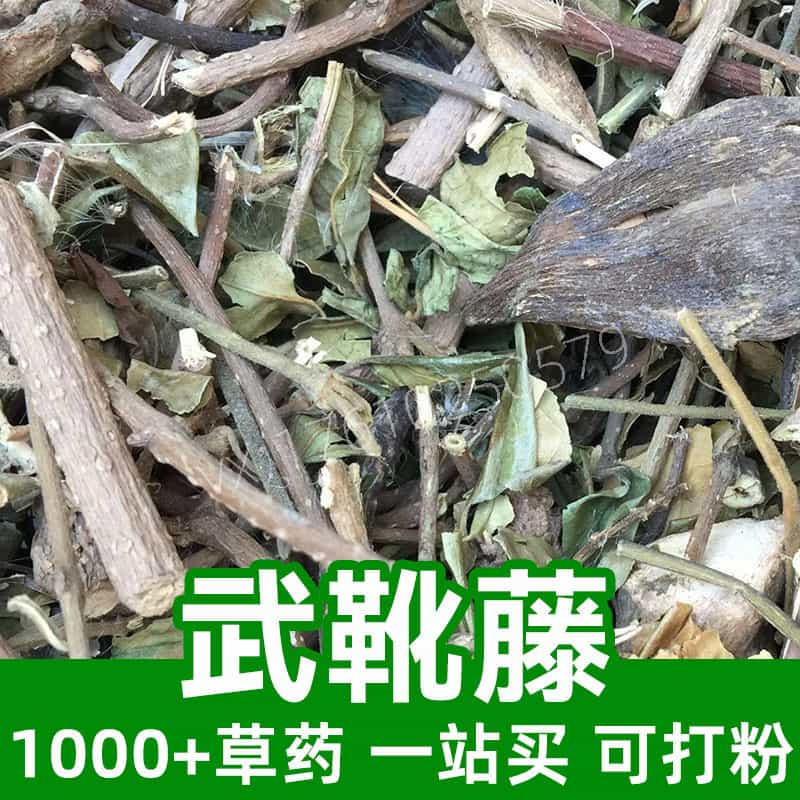Aloe Vera Blocks Product Introduction
Aloe vera blocks are chunk-shaped products made from processed aloe vera leaves. Key components include aloin, aloe-emodin, polysaccharides, amino acids, and vitamins. Sourced from premium aloe vera plants, the blocks undergo precise processing. Widely applied in skincare for anti-inflammatory, itch relief, and sun repair purposes, aloe vera blocks are known for their soothing and cooling properties. They help alleviate skin inflammation, repair damaged skin, hydrate, and provide antioxidant benefits, including acne reduction and blemish removal.
In cosmetics and personal care products, aloe vera blocks are often added as moisturizers, conditioners, and stabilizers. Additionally, they find use in food additives and health products such as aloe vera drinks and capsules. The refined manufacturing process retains the plant's active compounds, offering a natural, safe, and effective product for health and beauty applications.
Aloe Vera Blocks Main Active Components
Aloe vera blocks, as natural health and beauty products, contain the following primary active ingredients:
- Aloin
- A yellow compound found in aloe leaves, known for its strong antibacterial and anti-inflammatory properties. Effective in treating skin infections and inflammation.
- Aloe-emodin
- Provides antioxidant, anti-inflammatory, and antibacterial effects. Promotes wound healing and skin repair while easing pain and itching.
- Polysaccharides
- Rich in moisturizing, antioxidant, and anti-inflammatory properties. Supports skin hydration, regeneration, and repair.
- Amino Acids
- Includes various amino acids that help hydrate, nourish, and repair skin while maintaining oil-water balance.
- Vitamins
- Contains vitamins A, C, and E, which reduce skin inflammation, combat aging, and repair damaged skin.
These components work synergistically to regenerate and repair skin cells, improve hydration, enhance smoothness and elasticity, and alleviate dryness, itching, and inflammation. Aloe vera blocks are widely used in skincare, health products, and pharmaceuticals, gaining consumer favor.
Aloe Vera Blocks Applications and Usage
Aloe vera blocks serve as a natural health and beauty product with broad applications in traditional medicine and food industries. Below are key usage scenarios and recommended dosages:
- Traditional Medicine Applications
- Skin Conditions: Treat eczema, acne, and ulcers with anti-inflammatory, antibacterial, and pain-relief properties. Apply topically to affected areas.
- Anti-inflammatory and Pain Relief: Useful for burns, sunburns, cuts, and swelling. Apply directly to soothe and heal.
- Digestive Health: Rich in dietary fiber and aloe-emodin, aiding in gut health, improving bowel movement, and relieving constipation.
- Food Applications
- Nutritional Supplements: Enhance the nutritional value of beverages, juices, and yogurts.
- Beauty Foods: Provides hydrating, antioxidant, and anti-aging benefits through vitamins, amino acids, and polysaccharides.
- Dosage and Usage
- Topical Use: Apply a suitable amount to the affected area, gently massage until absorbed. Use 2–3 times daily.
- Oral Consumption: Cut into slices, steep in hot water, or consume directly. Take 10–20 grams per day, 1–2 times daily.
- Precautions: Pregnant women, nursing mothers, children, and elderly individuals should consult a physician before use. Overconsumption may cause diarrhea or abdominal pain; use in moderation.
Aloe vera blocks offer safety and medicinal value, showing promise in traditional medicine and food applications.
Aloe Vera Plant Source, Distribution, and Growth Environment
The aloe vera plant (scientific name: Aloe vera) is a perennial herbaceous plant in the Liliaceae family with significant medicinal and health value.
- Plant Overview
- Common Name: Aloe Vera
- Other Names: True Aloe, Ground Aloe, Dragon’s Tongue
- Scientific Classification: Liliaceae family, Aloe genus
- Plant Features: Perennial herb, 60–100 cm tall, fleshy leaves with ridges and spines, yellow or orange bell-shaped flowers.
- Distribution
- Native to tropical and subtropical regions of East and North Africa, including Sudan, Egypt, Kenya, and Tanzania. Cultivated worldwide in the U.S., Mexico, China, India, and Brazil.
- Growth Conditions
- Thrives in warm, dry climates with high sunlight exposure.
- Grows well in sandy or loamy soils with good drainage, tolerates limestone soils.
- Prefers low-altitude regions below 1,000 meters.
Aloe vera is a highly adaptable plant with medicinal and health significance, widely cultivated and utilized.
Aloe Vera Blocks Harvesting, Processing, and Storage
Proper harvesting, processing, and storage are vital to maintaining the therapeutic and health benefits of aloe vera blocks.
- Harvesting
- Timing: Harvest leaves in the morning for optimal active compound levels.
- Method: Use sharp tools to cut leaves, avoiding internal damage. Leave growth points intact for sustainable harvests.
- Yield: Harvest as needed to preserve plant health.
- Processing
- Washing: Soak and rinse leaves in running water to remove dirt and impurities.
- De-spining: Remove spines along leaf edges and tips to prevent injury.
- Peeling: Peel off outer layers, retaining the clear gel-like inner part.
- Storage
- Drying: Air-dry processed blocks in a well-ventilated, cool, dry area to remove moisture.
- Packaging: Store in airtight containers to prevent moisture absorption.
- Conditions: Keep in a cool, dry place away from direct sunlight and humidity to prevent spoilage.
- Shelf Life: Dried aloe vera blocks can last several months to over a year. For optimal quality and efficacy, consume within six months.
Correct harvesting, processing, and storage ensure the quality and longevity of aloe vera blocks for medicinal and health applications.
Monica Sun is a seasoned expert in the natural raw materials industry, with over a decade of experience specializing in traditional Chinese medicinal herbs, spices, and fungi. She is skilled in the sourcing, processing, and application of these materials, emphasizing sustainability and innovation. Monica Sun has contributed to the development of high-quality natural raw materials that serve as essential components in functional foods, pharmaceuticals, and cosmetics, delivering tailored solutions to meet diverse market needs.
















